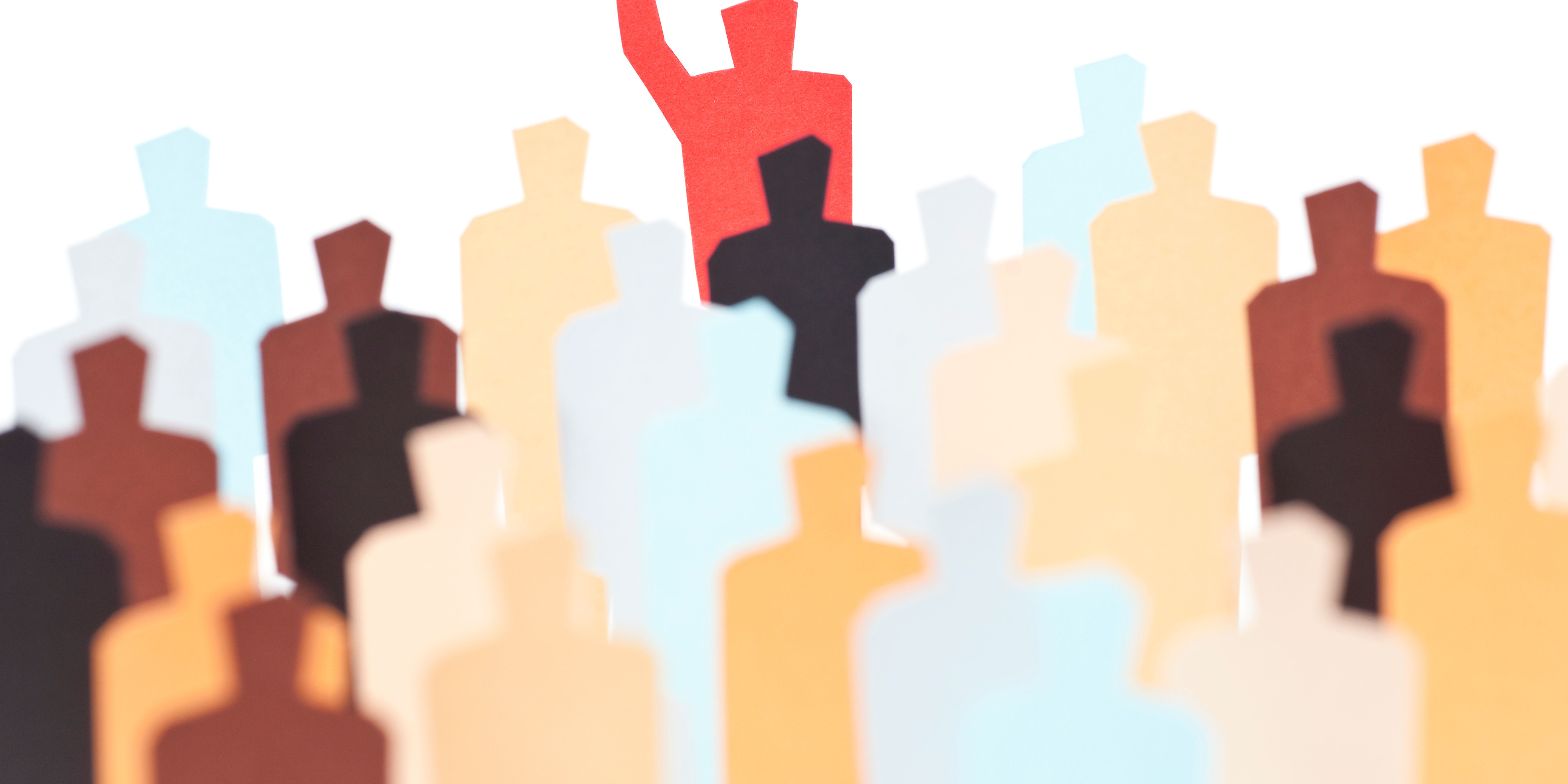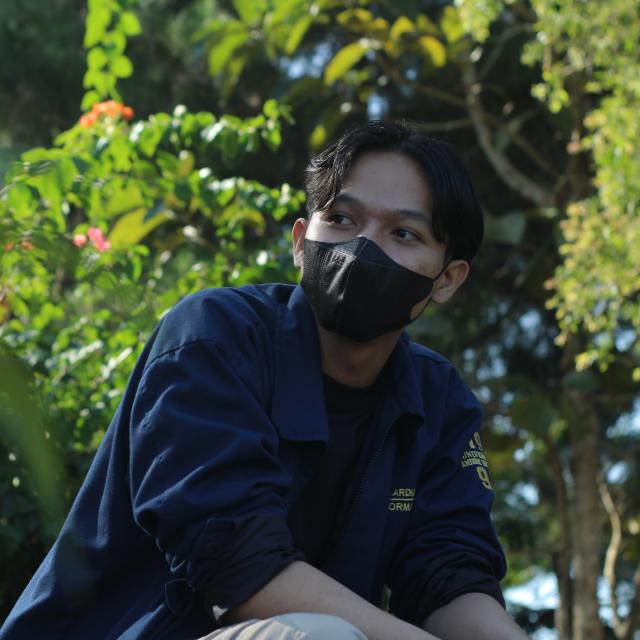
How To Decide: For CEOs and Leaders
How To Decide - Every day, leaders and public figures find themselves at a crossroads, with the pressing demand to decide swiftly yet sagaciously. Imagine the myriad choices a president or a CEO faces within mere minutes.
With every tick of the clock, their mind gears into overdrive, processing countless decisions that can potentially shape the future. It's a marvel to reflect upon the rapidity of the human brain, capable of dissecting myriad options in the blink of an eye.
But here's the kicker: how many times have we found ourselves questioning the wisdom of our decisions?
That nagging feeling that, despite all the pondering, there might be elements we overlooked. The ever-present doubt, wondering if our choices are right, or if they'll stand the test of time.
The solution, intriguingly, doesn't lie in second-guessing but in understanding the essence of decision-making.
Psychologists, particularly the brilliant minds of Daniel Kahneman and Amos Tversky, shed light on this by exploring how we, as individuals, view potential gains versus losses.
They emphasize that understanding certain pitfalls and recognizing the very mechanics of decision-making can steer us toward better choices.
Peering deeper into the human psyche, we realize that our brain has a fascinating mechanism for processing choices. Different parts of our brain contribute to how we perceive, evaluate, and decide on a matter.
It's a well-coordinated dance of neurons, especially within the ventromedial and dorsolateral sections of the frontal lobe, that tap into both our logic and past experiences to reach a conclusion.
Heuristics: Our Brain's Handy Toolbox for Quick Decisions


When navigating through the myriad of choices and decisions we face daily, our brain has a handy set of tools it often pulls from—these tools are called 'heuristics'.
Imagine heuristics as mental shortcuts or quick hacks that the brain uses to simplify and process information more rapidly. Much like how a traveler might use shortcuts to reach their destination faster, even if it means bypassing some scenic spots.
"We can be blind to the obvious, and we are also blind to our blindness."
Daniel Kahneman
-
1. Anchoring


This is our brain's tendency to rely heavily on the first piece of information it encounters (the "anchor") when making decisions. For example, consider a product originally priced at $100 but is on sale for $75.
Despite any other prevailing market prices for the same product, you're likely to see the discounted item as a great deal because of the initial high "anchor" price.
-
2. Availability Heuristic


Our judgments are influenced by what springs most readily to mind. How many times have we felt that a particular event might occur simply because we've recently seen or heard about it?
Take, for instance, airplane crashes.
If there's a news report about a crash, people might temporarily feel that flying is riskier, even though statistically, it's far safer than driving. Our brain gives more weight to recent information, making it feel more significant than it is.
-
3. Representativeness


Here, our brain loves to categorize based on patterns it recognizes. If something looks like a typical case, we assume it is that case.
An example is if someone is described as quiet and introverted, we might immediately assume they're more suited for a desk job rather than a sales position, even if the reverse could be true.
It's our brain's way of pigeonholing to make faster judgments, but it can lead to stereotyping and biases.
However, heuristics, while essential, are a double-edged sword. On the upside, they enable rapid decision-making in a world awash with choices.
Yet, on the flip side, they can distort our judgment, making us prone to biases and potentially regretful decisions.
The Frame and The Real Picture


The act of decision-making, while seemingly straightforward, is laden with complexities. Our choices, as rational as they may seem at the surface, are underpinned by a maze of psychological and cognitive processes.
A vivid demonstration of this intricate dance of decision-making is found in the work of two pioneering psychologists, Daniel Kahneman and Amos Tversky.
Their groundbreaking experiment brings to light a cognitive bias known as "framing". The idea is simple but profound: the way information is presented (or framed) can significantly influence and skew our decisions.
In their experiment with medical treatments, even when the factual data remained consistent, the way potential outcomes were described could sway a participant’s choice of treatment. For instance, a treatment might be described in terms of survival rates in one scenario and death rates in another.
Despite these being mathematically equivalent, people responded differently, often choosing the option framed in a more positive light.
Such framing effects can be seen in everyday situations. When shopping, for example, a discount labeled as "save 20%" might seem more appealing than one that says "5% off", even if the actual saving is the same.
In political campaigns, issues can be framed in ways that evoke stronger emotional responses, guiding public opinion subtly yet powerfully.
This power of framing is not just limited to words. Visuals, context, and even the medium through which information is presented can play a role. A news story accompanied by a particularly harrowing image can elicit stronger reactions than the same story with a neutral image.
Similarly, a statement from a person in professional attire might be taken more seriously than the same statement from someone in casual clothes.
The key takeaway is that our decisions, beliefs, and actions aren't always the pure products of objective analysis. Often, they're shaped, nudged, and sometimes even railroaded by the manner in which options are presented to us. This isn't to say that we're at the mercy of framing, but it highlights the importance of critical thinking.
Awareness remains our most powerful tool against such biases. By understanding the existence of framing and its pervasive effects, we can strive to view situations from multiple angles.
Questioning the way information is presented, seeking alternative sources, and consciously stepping back to analyze the broader context can help us mitigate the influence of framing.
It prompts us to ask: Are we truly making a decision based on the merits of the choices, or are we being subtly guided by the way those choices are framed?
In a world inundated with information, where every decision can have far-reaching consequences, cultivating this awareness is not just beneficial-it's essential.
Making informed and wise decisions requires not just understanding the data in front of us, but also critically evaluating how it's presented.
Fast Track


Then again, we can't always dawdle. Speed is of the essence in our fast-paced world. But how can we ensure swift decisions without compromising quality? Experience is the answer.
Take teenagers, for instance. Their reputation as risk-takers stems from a lack of experience, as mature judgment often depends on experience-based systems in the brain. But as recent studies have unveiled, our frontal lobes can use past experiences even in split-second decisions.
As we gather more experiences, our intuitive decision-making not only becomes faster but also more accurate.
To wrap it up, decision-making is both an art and a science. Whether you're choosing a political strategy, a business move, or simply the healthiest food at a grocery store, narrowing your focus and relying on your most critical priorities can simplify the process.
As with everything, awareness, understanding, and experience are your best allies in this incredible journey of making choices.


